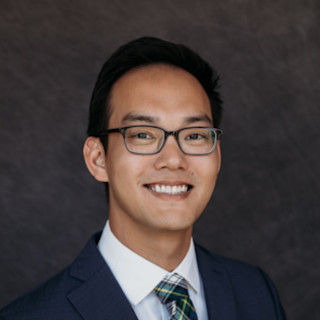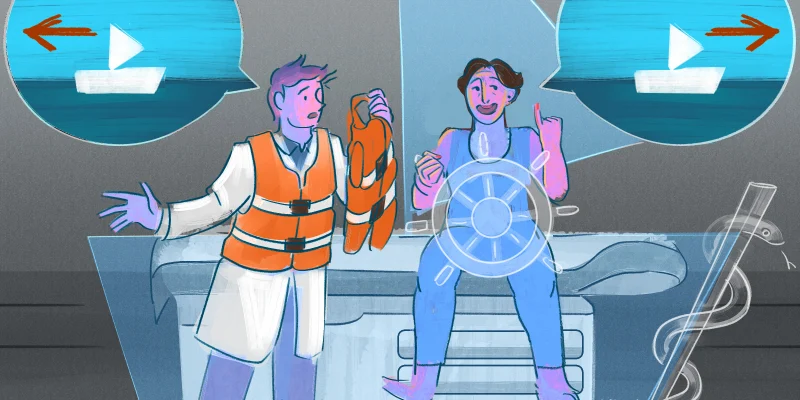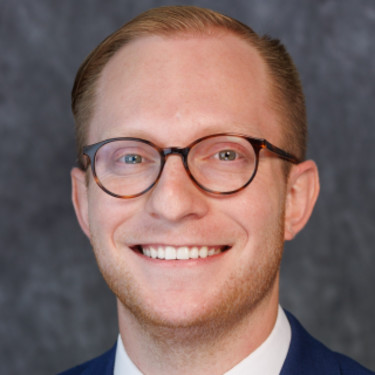Flu season has arrived, pediatric clinic is half over, and, through my morning, I’ve cycled through two coughs — one wet, one dry — an upper respiratory infection, a wellness check-up, and a fever follow-up. Without time to catch my breath, I open the next chart, which reads “difficulty breathing.” The patient is a young girl with follow-up after an ED visit for asthma exacerbation.
“Listen carefully to her lungs,” my preceptor says. I nod, trot down the hallway with green walls faded like anemic limes, until I reach the door. With a knock, I enter the room. The patient, Stacy, is a doe-eyed 6-year-old on the exam table, kicking her legs jauntily and crinkling the paper covering. Nestled in her arms is a stuffed fox worn with affection. Stacy is not in distress, but her mother appears anxious sitting in the corner.
"She divides time between her father and me." The mother wrings her hands in her lap. There are faded tattoos along her knuckles. "Usually her breathing is pretty controlled, but lately it's been getting worse." I nod. More tattoos: green, like tendrils up her neck. Another on her foot, peeking through leather sandals.
On the table, Stacy coughs. Through the history she remains preternaturally polite. On exam, there’s mild wheezing, like someone sighing, in her upper lung fields.
“What do you want to be when you grow up?” I ask.
“A ballerina.” Stacy bites her lip. “Or an artist, like Mom.”
I glance again at the mother; something about her seems familiar. Like I’ve seen her before, maybe around the neighborhood, in a coffee shop, or — "Jane?"
The mother smiles, her eyes crease. "I was waiting for you to say something. Wasn't sure if you recognized me."
How could I forget?
;
What had impressed me were her bold lines and geometric designs. I’d passed the tattoo parlor countless times, but a year ago, on my birthday, her windowpane artwork stopped me in my tracks and lured me through the door. Jane had talent, and I wanted to consult with her for a tattoo — my first. Over our appointment, she listened patiently to my questions: Is the ink sterile? What are the infection rates? What does that do?
Jane explained the process gently. Yes, the ink is sterile, and used only once. Infection rates are low. That is a rotary machine for something completely different, don't worry about it. She showed me her adaptation of my design: a quill pen and ink, shaped like a semicolon at my request.
"A semicolon links two parts of a sentence together,” I had explained. “A writer could have stopped that sentence prematurely, but decided to keep going. It gives that sentence more meaning.”
“Wonderful,” she said. “Let’s do it.”
For three hours I lay prone as Jane poked and prodded, literally and figuratively. She asked skin-deep questions: where was I from, what did I do? Then she probed deeper. We talked about her passion for art, her excitement about finishing up her apprenticeship, the fulfillment of raising a daughter. I shared my reasons for pursuing medicine, my fears of being incompetent, and how I struggled with anxiety, depression, and imposter syndrome through medical school, culminating in a night when I called the national hotline for help, received it, and then resolved never — ever again — to give up.
“That was my semicolon,” I said. “The moment I paused and decided to keep going.”
When it was done, Jane provided aftercare instructions, emphasizing that the tattoo needed to breathe. “Good luck,” she said, “and thanks for sharing.”
;
The reunion settled, I listen to Jane’s concerns: Is this the right dose? How can we improve? Will she always suffer from attacks?
I respond in kind. This dose is appropriate, but Stacy needs a spacer to optimize her medications. Some seasons exacerbate asthma attacks, but kids generally grow out of it. We form a plan, preceptor-approved, to start steroids to reduce Stacy’s inflammation. Satisfied, Jane sighs in relief and Stacy hops off the examining table.
“How are you?” Jane asks while packing her belongings.
“I’m better,” I say, realizing that I actually mean it. “Thanks for asking …. How’d I do?”
“You did great,” she says. “Like a doctor.”
The encounter lingers long after they leave. For the rest of the afternoon, I feel less rushed, more approachable, and as I leave clinic, my thoughts keep circling back. Has it really already been a year? Have I really come this far?
A story comes to mind as I walk home: A man stands stranded when his car blows a tire on a lonely road. A passing Samaritan stops to help, ultimately fixing the car. When the man tries to pay him, the stranger declines, saying simply: "today you, tomorrow me."
I had long thought medicine would offer a one-sided looking glass into the vulnerabilities of others; I never considered the glass might be a two-way mirror. And yet, a year ago Jane peered through the cracks into the intimate details of my life, acknowledging my concerns on the cusp of a meaningful event that, frankly, made me whole again. In turn, I reciprocated with patience and presence of mind in her own time of need. In our own ways, we had healed each other — not through penned procedures or pills, but through connection.
As I walk, I am acutely aware that Jane’s tattoo parlor is not far away. A part of me wants to stop by and thank her, let her know the impact she made in my life, that I wouldn’t have become who I was in clinic without her help. Another part of me says it’s late, my feet are tired, and her tattoo parlor will be there tomorrow, and the day after that. Finally, a third voice says what I have come to believe: she already knows, and she would decline a thank you, would say simply: “today you, tomorrow me.”
Who helped you become the clinician you are today? Tell us about your journey to medicine in the comments.
Andrew Park is an emergency medicine resident at Beth Israel Deaconess Medical Center. A newcomer to Boston’s coffee scene, he spends his free days in cramped corners journaling about his experiences in and out of the hospital. He hopes his writing will inspire resilience within himself, his colleagues, and his patients. Andrew is a 2020–2021 Doximity Op-Med Fellow.
All names and identifying information have been modified to protect patient privacy.
Illustration by Jennifer Bogartz







